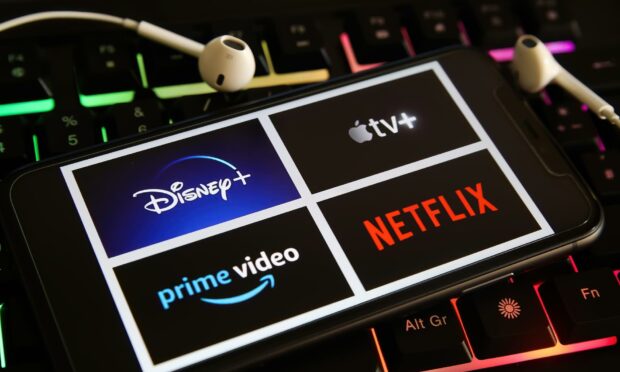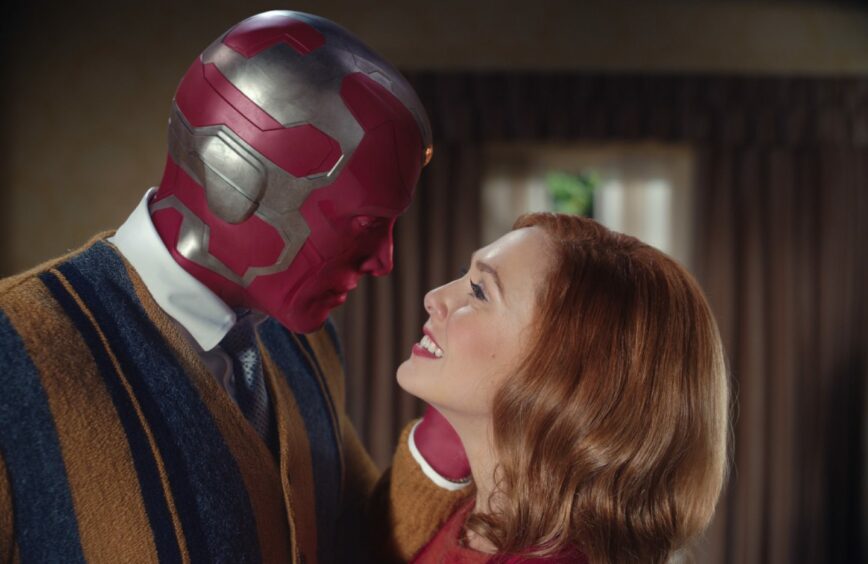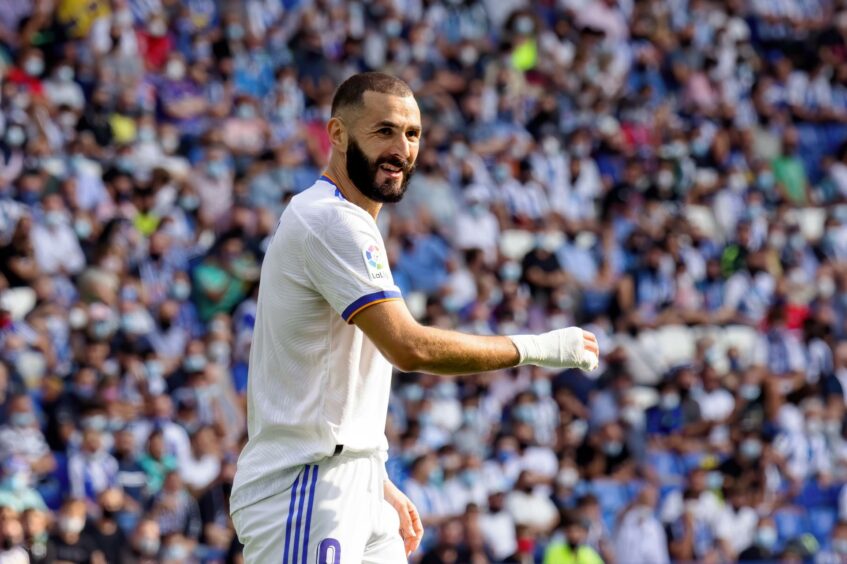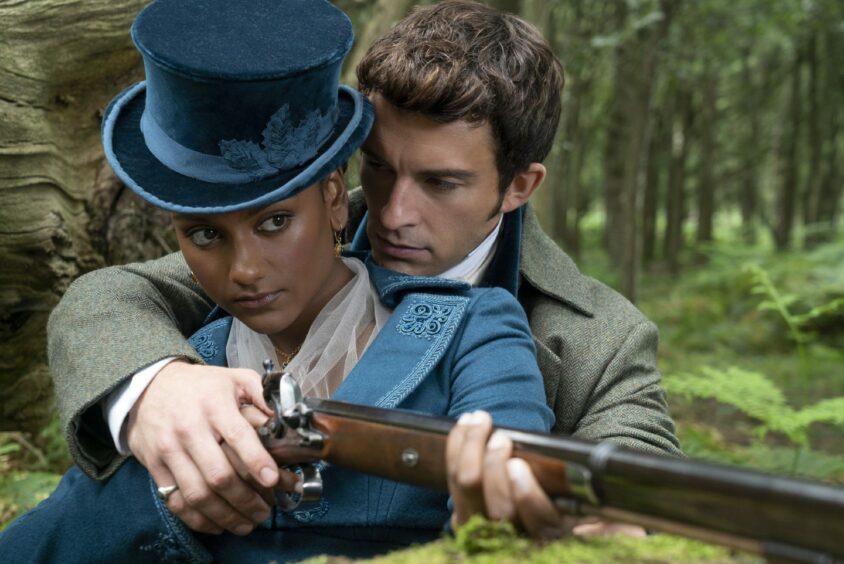Personal finance experts at money.co.uk have put together a handy guide to help you see if the TV streaming services you use offer good value for money.
It comes after Netflix announced it will be increasing its subscription prices by 17%, another price rise for UK households on top of the already skyrocketing cost of living.
A standard monthly subscription to Netflix is going up to £10.99.
This is compared with £7.99 for Amazon Prime Video if paid for monthly as part of Amazon Prime, £4.99 for Apple TV+ or one year free if you buy a qualifying Apple device, £7.99 for Disney Plus, £9.99 for a Now TV entertainment membership and £5.99 for a standard BritBox membership.
Subscriptions to streaming services in the UK have continued to rise in the past year, with Ofcom reporting nearly half of consumers (48%) now use them as their main way of watching TV and film.
The experts at money.co.uk have also crunched the numbers to work out the average cost per hour of content watched on each of the most popular streaming services.
Netflix came in at 34p an hour, Amazon Prime Video 25p, Now TV 31p, Disney Plus 25p, Apple TV Plus 15p and BritBox 18p.
James Andrews, senior personal finance editor, money.co.uk, said: “Streaming services hit a record high during lockdown, with 12 million of us signing up for a new service in 2020.
“Given the rising cost of living it’s more important than ever to make sure we’re spending our cash wisely.
“Services across the board are raising their subscription fees, so it’s worth knowing all the tips and tricks of streaming to get the most out of your money.”
Take advantage of free trials
Mr Andrews added: “The best way to try a new platform for the first time is by signing up for free, prior to making a financial commitment.
“Most services offer free trials to lure in new subscribers and you can usually cancel anytime.
“What’s more, some phone or broadband contracts offer extended free trials to new customers.
“For example, O2 customers can get six months free of Disney Plus, while most new Apple products come with three months free Apple TV.”
When it comes to reduced rates, some streaming platforms will offer a discount if you try to cancel your subscription – even if it’s just a free trial.
Mr Andrews said: “It’s worth going through the motions of cancelling to see what kind of reduction you might be offered.
“Unless you’re streaming 24/7 there’s no need to sign up for every service, so consider which ones you’re using on a day-to-day basis.
“If you’re binge watching a long running series, you probably won’t be using your other platforms as much and you can cancel them until they’re needed again.
“Before signing up to a service, figure out what you want from it. For example, if you want to watch Bridgerton, then you’ll have to subscribe to Netflix as that’s the only platform streaming the series.
“But if live sport is more up your street, then forget Netflix and look at Amazon Prime.
“You should also consider how much variety you want. Even though Netflix is the most expensive service, it has an enormous range, with thousands of options for viewers of every age group.
“This means, depending on your personal circumstances, it may actually offer the best value for money.”
At the other end of the scale are Apple TV and BritBox, the cheapest services available.
Does size matter to you?
Mr Andrews said: “While they won’t hit you as hard financially, the variety of movies and TV shows they offer is far smaller than the likes of Netflix and Amazon Prime.
“So before putting any money down, you should go through each service’s library and establish where your money is best spent.
“It’s also worth remembering that some services, including Netflix, Amazon Prime, Apple TV and Disney Plus, are increasingly launching original programming.
“This offers them an additional edge over the competition, as their libraries are likely to be updated with exciting new content more frequently.”
At least 220,000 women will have died waiting for compensation for state pension bungle
Aberdeen firm’s ’empowered’ women breaking mould in financial services



